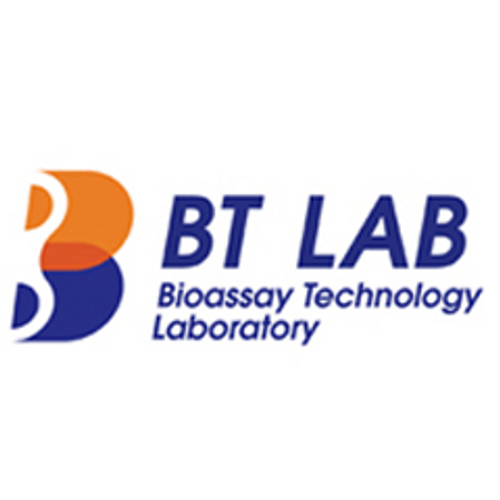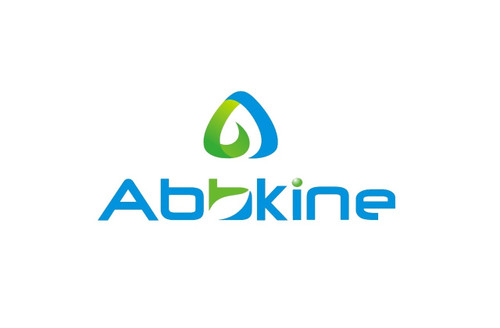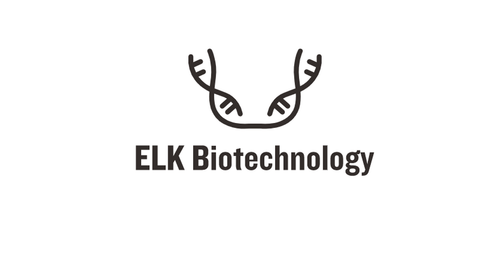Product Description
Human Progesterone receptor (PGR) ELISA Kit | AE27746HU | Abebio
Species Reactivity: Human (Homo sapiens)
Abbreviation: PGR
Alternative Name: NR3C3; PR;
Application: ELISA
Range: 0.312-20 ng/mL
Sensitivity: 0.128 ng/mL
Intra-Assay: ≤4.9%
Inter-Assay: ≤9.0%
Recovery: 0, 9
Sample Type: Serum, Plasma, Other biological fluids
Detection Method: Sandwich
Analysis Method : Quantitive
Test Principale: This assay employs a two-site sandwich ELISA to quantitate PGR in samples. An antibody specific for PGR has been pre-coated onto a microplate. Standards and samples are pipetted into the wells and anyPGR present is bound by the immobilized antibody. After removing any unbound substances, a biotin-conjugated antibody specific for PGR is added to the wells. After washing, Streptavidin conjugated Horseradish Peroxidase (HRP) is added to the wells. Following a wash to remove any unbound avidin-enzyme reagent, a substrate solution is added to the wells and color develops in proportion to the amount of PGR bound in the initial step. The color development is stopped and the intensity of the color is measured.
Product Overview: The PR also known as NR3C3 (nuclear receptor subfamily 3, group C, member 3), is an intracellular steroid receptor that specifically binds progesterone. PR is encoded by a single gene PGR residing on chromosome 11q22, it has two main forms, A and B, that differ in their molecular weight.Like all steroid receptors, the progesterone receptor has an amino and a carboxyl terminal, and between them the regulatory domain, a DNA binding domain, the hinge section, and the hormone binding domain. A special transcription activation function (TAF), called TAF-3, is present in the progesterone receptor-B, in a B-upstream segment (BUS) at the amino acid terminal. This segment is not present in the receptor-A.
Stability: The stability of ELISA kit is determined by the loss rate of activity. The loss rate of this kit is less than 5% within the expiration date under appropriate storage condition. The loss rate was determined by accelerated thermal degradation test. Keep the kit at 37°C for 4 and 7 days, and compare O.D.values of the kit kept at 37°C with that of at recommended temperature. (referring from China Biological Products Standard, which was calculated by the Arrhenius equation. For ELISA kit, 4 days storage at 37°C can be considered as 6 months at 2 - 8°C, which means 7 days at 37°C equaling 12 months at 2 - 8°C) .
 Euro
Euro
 USD
USD
 British Pound
British Pound
 NULL
NULL












